Growing Vegetables in the Winter in Your Outdoor Space
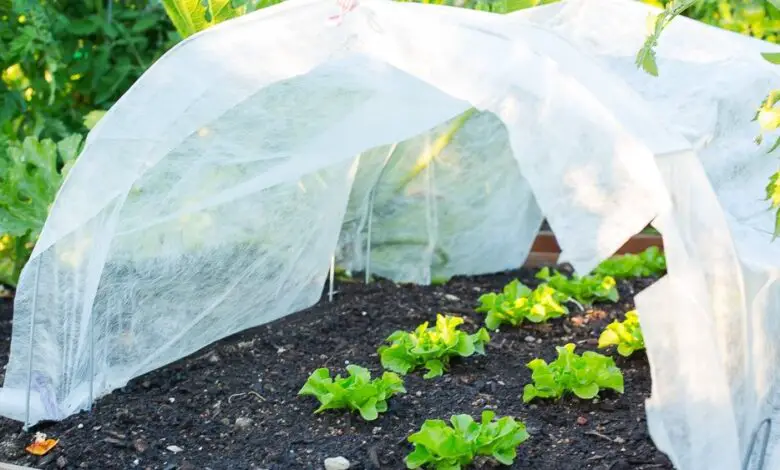
Many people simply abandon their garden projects during the winter considering the colder temperatures. However, there are still plenty of things that can be achieved even in the harsher weather. With a bit of careful research and planning, it is possible to grow vegetables and interesting planting themes during these colder seasons. In this article, we will outline the different vegetables you can grow in your outdoor space no matter the weather. Let’s take a look…
Carrots
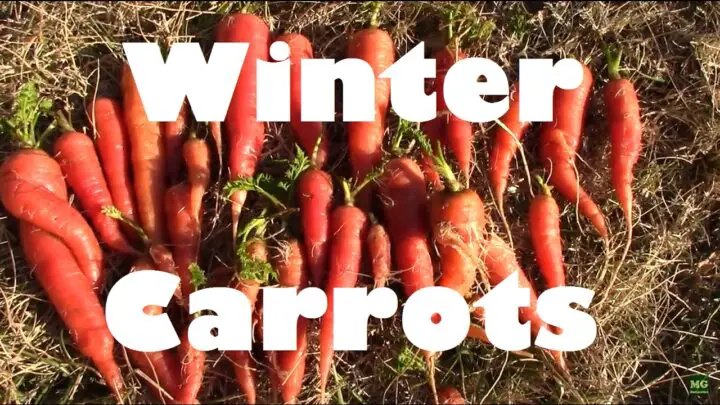
Planting carrots towards the end of the summer can result in a bountiful crop of fresh produce during the winter. In fact, carrots increase their natural sugar when it’s colder as a natural defence mechanism, and as a result, they are far sweeter than any carrots that mature in the warmer months. You can build planters to fit any outdoor space; for example, bordering them around existing outdoor paths or the edge of composite decking, best supplied from NeoTimber.
It is imperative you protect your winter crop from the harsher aspects of the colder season, such as frost and snow. Should your space allow it, investing in a greenhouse is a great way to keep away the damaging effects of the winter weather. Thankfully, there are cheaper alternatives, such as building a cold frame out of spare timber boards and a transparent plastic roof. Similarly, a hoop tunnel acts as another smaller, but still incredibly effective protective shelter.
Bulbs
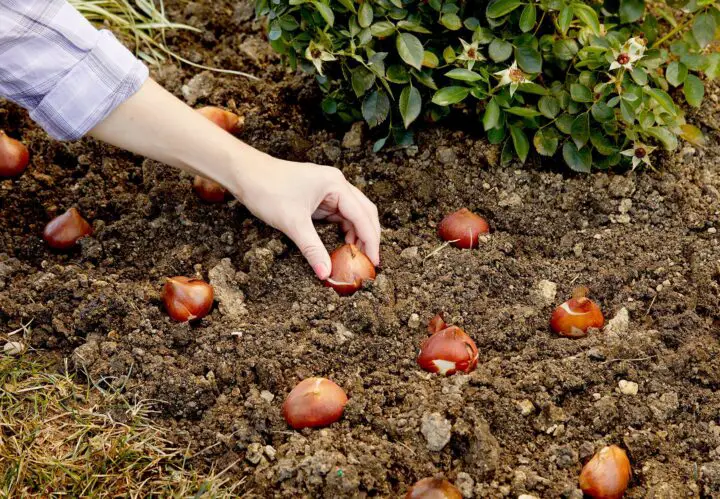
With most of your garden stripped back and exposed to the elements during the colder weather, it is the perfect opportunity to find the gaps and spaces in your outdoor space. With your hedgerows, trees, and planters suddenly empty, you can more accurately pinpoint the areas of your garden you may have neglected. These new empty spaces are the perfect places to begin to plant bulbs, which can handily be planted at essentially any time of year, unless the soil itself is frozen.
Bulb vegetables include onions, leeks, and garlic. Garlic is an essential vegetable used in most cooking, so having some to hand growing in your garden is an ideal way to elevate your culinary efforts, transforming your garden into a kind of outdoor larder. Garlic helpfully is also a relatively easy vegetable to grow, even if you live in a particularly cold climate. Choosing autumn-planting, hard neck garlic can ensure your produce can survive the cold winter. All it would need is to be mulched and regularly watered, allowing you to harvest your fully grown garlic in the summer. Delicious!
Beetroot
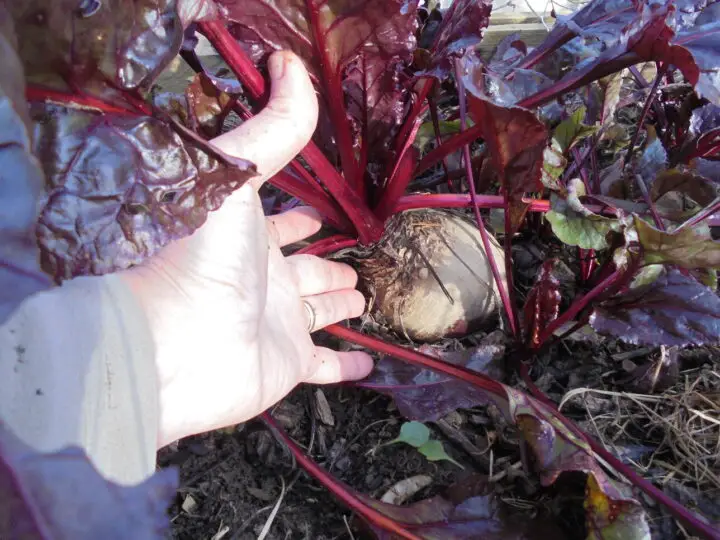
Beetroot is often classed as a superfood because of its rich nutritional value. Normally, beetroot seeds are best sown during the early springtime months, in February and March, with many gardeners recommending you sow your seeds in slightly warmer temperatures. However, with a hoop tunnel, it is still possible to grow beetroot during the winter, provided the roots are well protected. We recommend covering your soil with a layer of mulch to help protect the fruit beneath the cold surface.
Do not be alarmed if the plants on top of the fruit begin to die during the winter. So long as the soil underneath is sufficiently heated, which it should be in a hoop tunnel, it should decrease the likelihood of bolting. Eating beetroot has many health benefits, including acting as an antioxidant and helping to reduce blood pressure. Begin a healthier way of eating at the start of the springtime by planting beetroot in the winter!
Parsnips
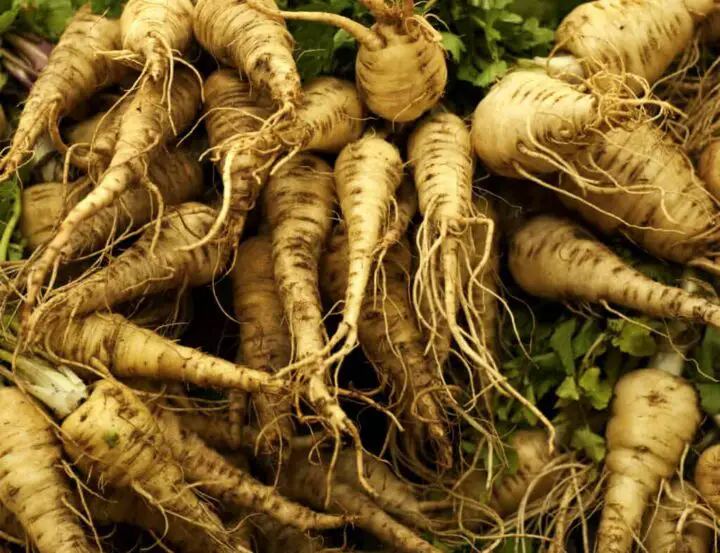
A long-standing part of the Christmas dinner entrée, parsnips are an incredibly hardy winter growing vegetable, with it being frost resistant. If you want to harvest your parsnips during the winter season, sew your parsnip seeds in the springtime. By doing this, they should be ready to collect as the weather starts to get colder, in late autumn or early winter. However, like carrots, parsnip’s natural flavour is enhanced by surviving in colder temperatures, with the natural sugars also acting as a defence mechanism, so we recommend planting parsnips as late as you can for the best taste, if the soil is not frozen.
Parsnips prefer slightly colder temperatures and are often far less successful when they have been planted during the warmer seasons. Be aware that parsnip seeds are notorious for being quite slow to germinate, and can take up to 30 days to appear, so do not be alarmed if you see no evidence of any planting for some time!
Spinach
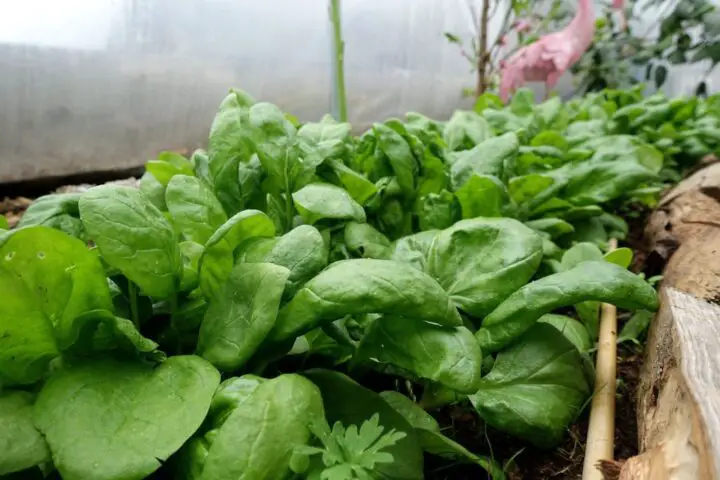
A lot of gardening and growing vegetables is about planning. Prepare for the warmer seasons by starting to grow salad in the winter. Perpetual spinach seeds can be sown well into the winter, meaning you can pick fresh leaves from your garden even in the cold! Spinach is not only great for salads, but also is fantastic for meals to keep you warm during the winter, such as rich vegetable curries and stir fries.
Keeping your spinach regularly watered and harvested can ensure that your spinach harvest lasts until the warmer seasons. Again, you can grow your spinach in a hoop tunnel to protect the plants from harsh winds and cold.
Asparagus
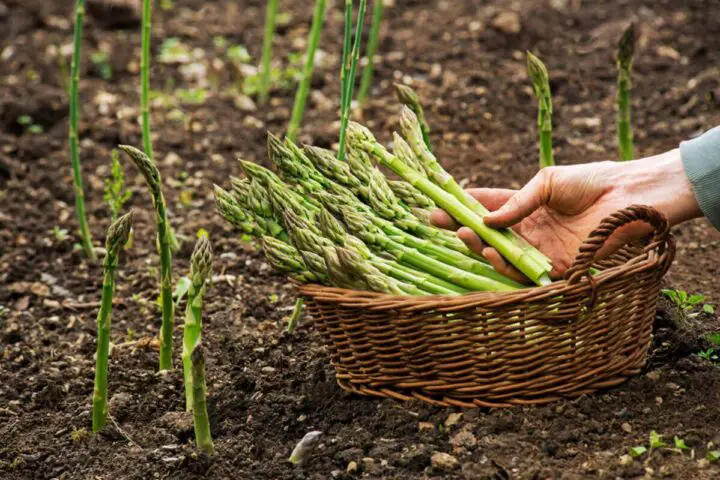
All gardening is about good planning and taking the steps to take stock. Successfully planning during the winter can result in a more bountiful crop of fresh vegetables for you to harvest in the spring and summertime. However, if you are feeling particularly ambitious and patient, you may want to rise to the challenge of growing asparagus.
Asparagus beds can take a long time to properly settle, even taking a few years, but sowing asparagus seeds in the autumn can allow an asparagus bed to make the best possible start during the winter. This can be an extremely rewarding vegetable to grow should you get it right!
To conclude, if you are brave enough to venture outdoors during these colder months, there are plenty of opportunities to make the most out of your garden and cultivate an impressive vegetable plot. We hope this article has given you more scope about the possibilities for growing vegetables in the winter. Good luck!
